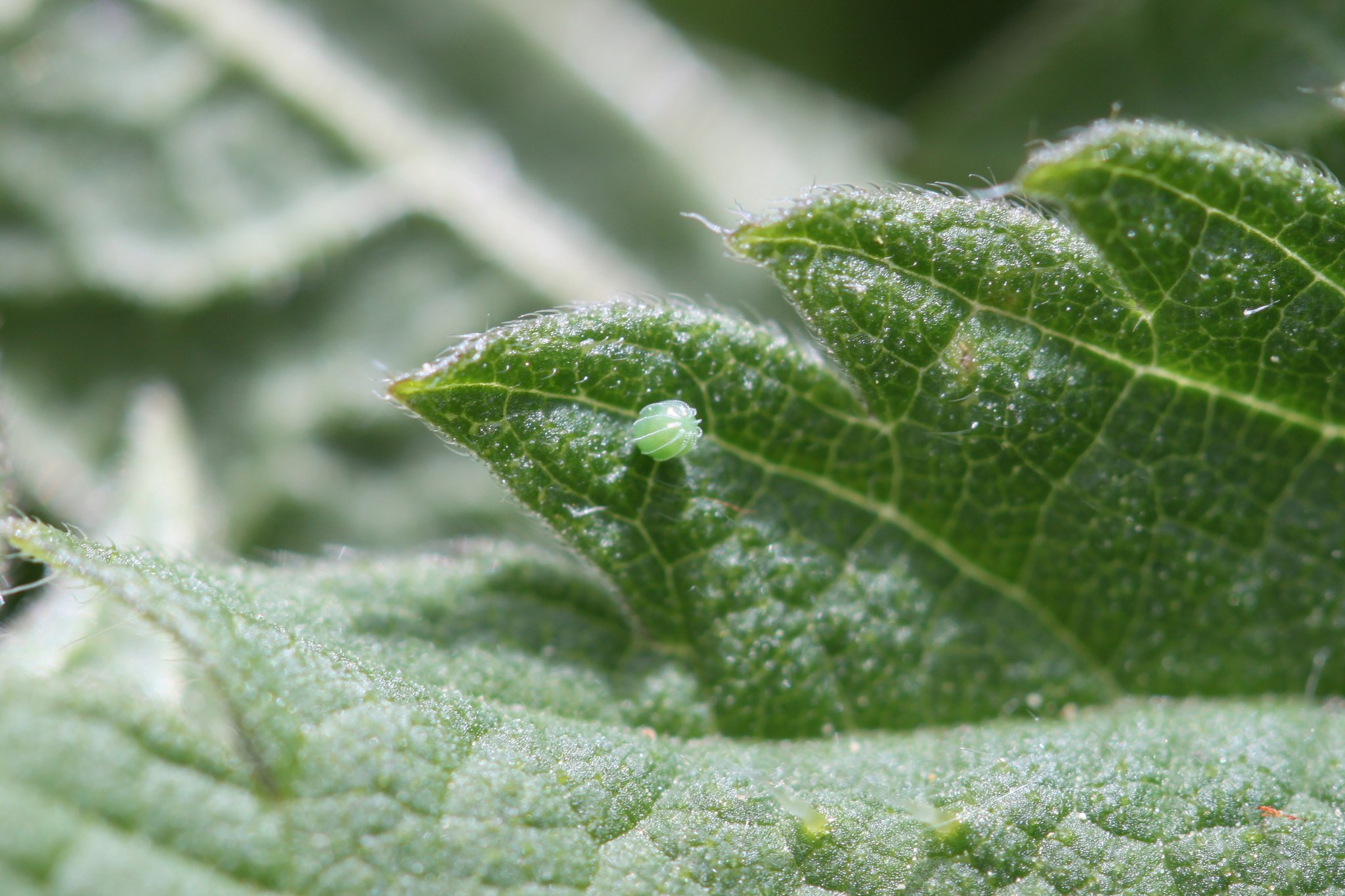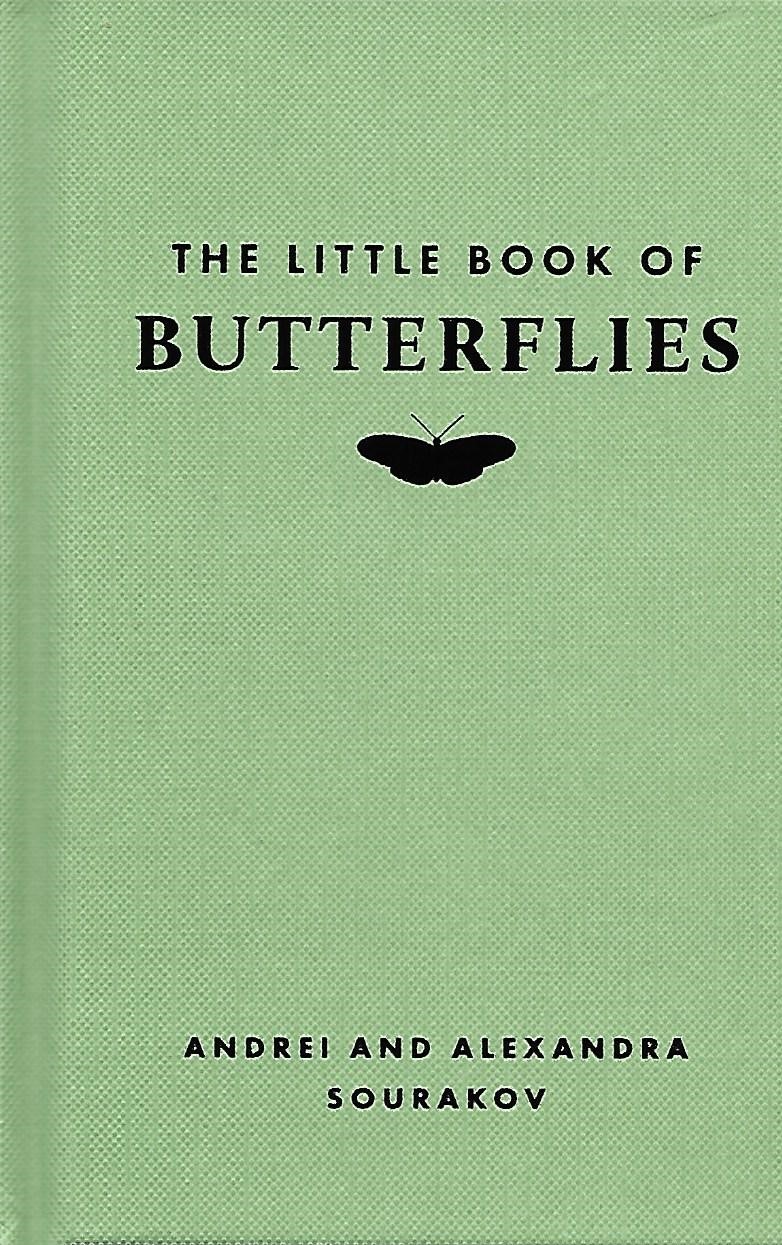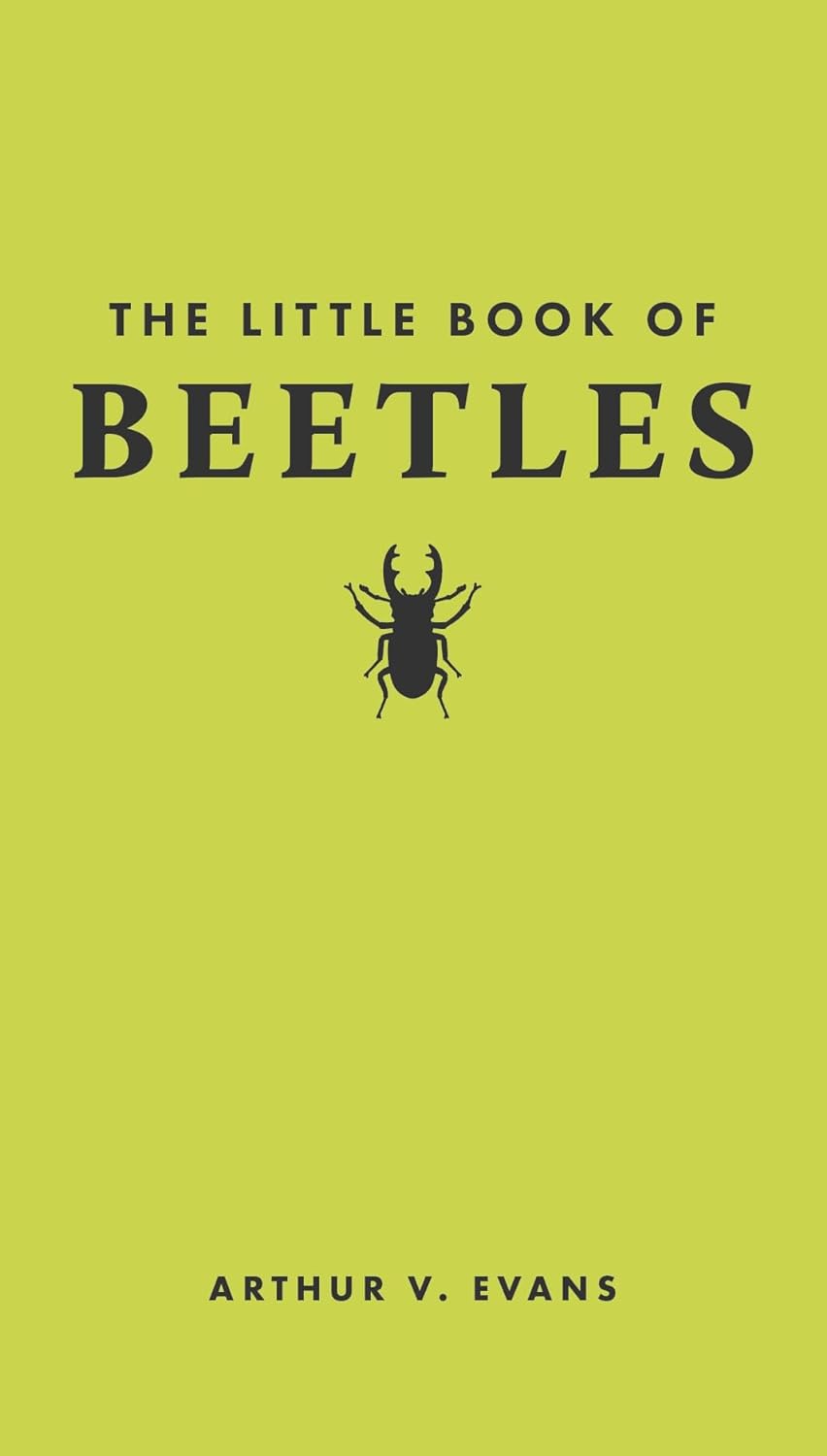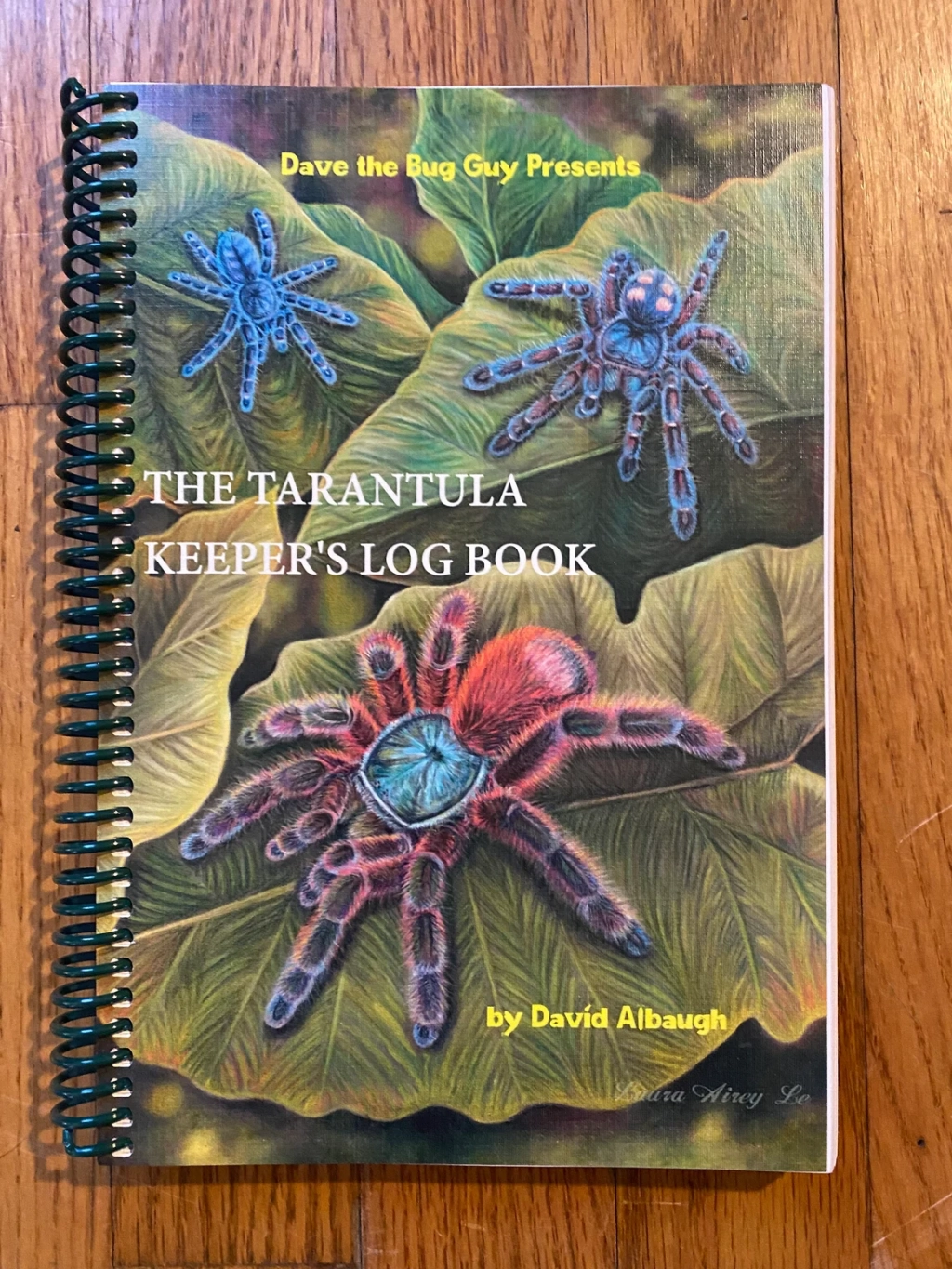The red admiral butterfly, Vanessa atalanta, is one of the most widespread butterflies in the United States. It belongs to the Nymphalidae family and is known for its bright red forewing bands contrasted by the black and white that covers the remainder of its wings. They are fast, erratic flyers and are often confused with painted ladies, who are the same size and fly the same way. Oftentimes it is not until one actually lands that a positive identification can be made.


The preferred foodplant is stinging nettle (Urtica dioica) but false nettle (Boehmeria cylindrica) will also be readily accepted. Other plants known to work are wood nettle (Laportea canadensis), pellitory (Parietoria pennsylvanica) and mamaki (Pipturus albidus).

The ova, or eggs, of the red admiral are tiny. The easiest way to find them is to either follow a female as she lays them and collect them as she goes or to look for them on a sunny day as they sparkle blue in sunlight. They are usually laid on the top of the leaves.


The larva, or caterpillar, changes greatly between instars. They are very easy to find as they make a “purse” out of the leaf they are feeding on. They basically fold the leaf in half and seal the edge with silk, eating the leaf from within. Raising red admirals is an easy and fun way to introduce children to the wonders of nature. They are easy to find and if you can learn how to handle the stinging nettles, your success rate should be close to 100%. The caterpillars seem to thrive in most conditions, many of which would kill other species.

The chrysalis is very interesting. They hang freely and imitate the look of the leaves of the foodplant as they start to either die or turn moldy. It is also mottled in gold. They will shake violently if disturbed, thought to deter predators from eating them.

The red admiral is probably one of the most widely known butterflies, right up there with monarchs (Danaus plexippus) and painted ladies (Vanessa cardui). Newly hatched specimens are stunning and the detailing on the underside of the wings is breathtaking in the amount of detailing and colors. Newly hatched specimens exhibit some iridescence in the forewing tips where the black will turn to blue in direct sunlight. The butterflies seem to show little fear, at times being seen chasing birds or even landing on people.

~David Albaugh











Leave a comment